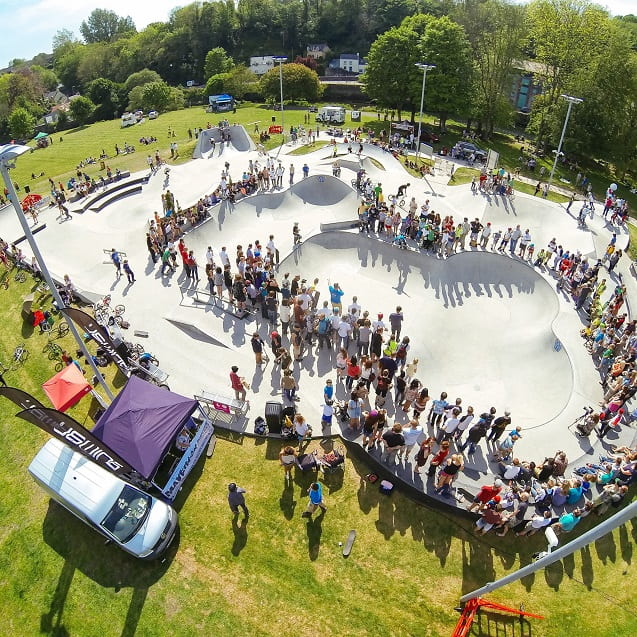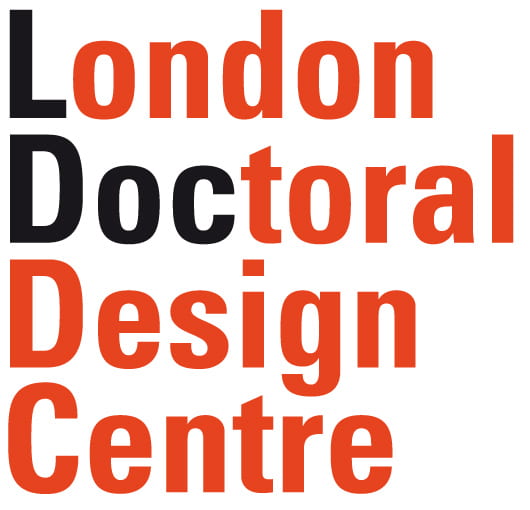
Haverford West Skatepark (Image by Maverick Industries Ltd)
This PhD is inspired by The Skatepark Foundation, a national UK organisation which seeks to increase the number and quality of spray-concrete public skateparks in the UK. Established in response to 10,000+ stakeholders (councils, young people, community groups) this organisation promotes inspiring community-led skatepark projects through advocacy, resource-sharing, collaboration, seed-funding and quality assurance.
The interests, creativity, skills and needs of young people are central in this process, and how we treat these importantly reflects wider policies on design for social cohesion. Skateparks have been popular in the USA and Europe since the 1990’s, yet the UK spray-concrete design industry is fledgeling and current information on the scale of skatepark usage, and its benefits, is sparse. However the value, popularity and vibrancy which skateparks contribute to public spaces is beginning to be accepted, as highlighted in 2014 by the successful Southbank Undercroft campaign, English Heritage’s listing of Rom Skatepark and the refurbishment of Kennington bowl.
As a ‘borderland’ between the physical and social, urban design for Jan Gehl prioritised pedestrians and cyclists; reorientation of city-wide design to include skateparks would physically and figuratively place young people at the centre of urban design. Van Eyck up-ended 1940’s functionalist tendencies in Amsterdam through the pioneering design of children’s playgrounds which ‘literally gave space to the imagination’, and led to universal acceptance of their value. This acceptance does not yet extend to skateparks; more socially inclusive design will increase trust and expectation of young people in their use of public spaces.
My LDoc research therefore seeks to develop a skatepark collaboration blueprint for use by designers. The serious and specific contribution of young people to the social sustainability agenda is currently unexplored. As a key user group in public spaces, I suggest the long term success of social design will depend on including young people.
